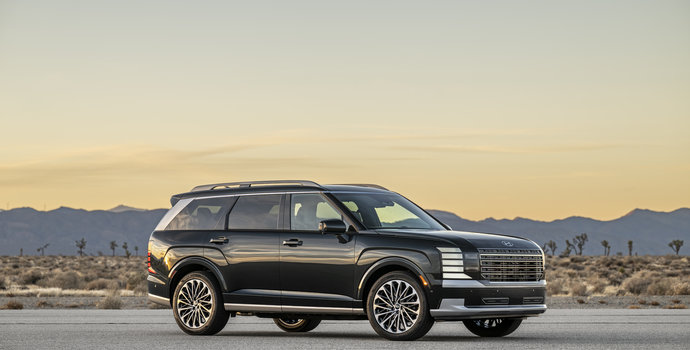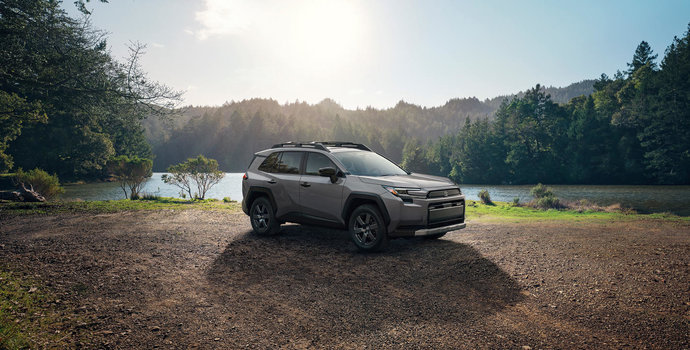Vehicle leasing can feel overwhelming when you're unfamiliar with the terminology. Understanding these key terms helps you make informed decisions and negotiate better lease deals. This comprehensive guide breaks down essential leasing concepts and answers common questions from Toronto-area drivers.
Thinking About Leasing Your Next Vehicle?
Leasing can be a smart way to drive a new vehicle with flexibility and lower monthly payments—but it starts with finding the right fit. The Humberview Group offers a wide selection of new vehicles ready to lease across our Ontario dealerships. With expert guidance and transparent options, we make it easy to take the next step.
Browse Our New Inventory >
Core Lease Calculation Components
The foundation of every lease payment calculation starts with three primary elements that determine your monthly costs.
Selling price represents the negotiated vehicle price—not the MSRP sticker price. This negotiated amount directly impacts your lease costs since you're financing the depreciation from this price point.
Residual value estimates what the vehicle will be worth when your lease ends. Leasing companies set this percentage based on the vehicle's expected depreciation. Higher residual values mean lower monthly payments since you're covering less depreciation.
Depreciation represents the difference between selling price and residual value. This calculation forms the largest portion of your lease payment since you're essentially renting the vehicle's value loss over time.
Money Factor and Interest Calculations
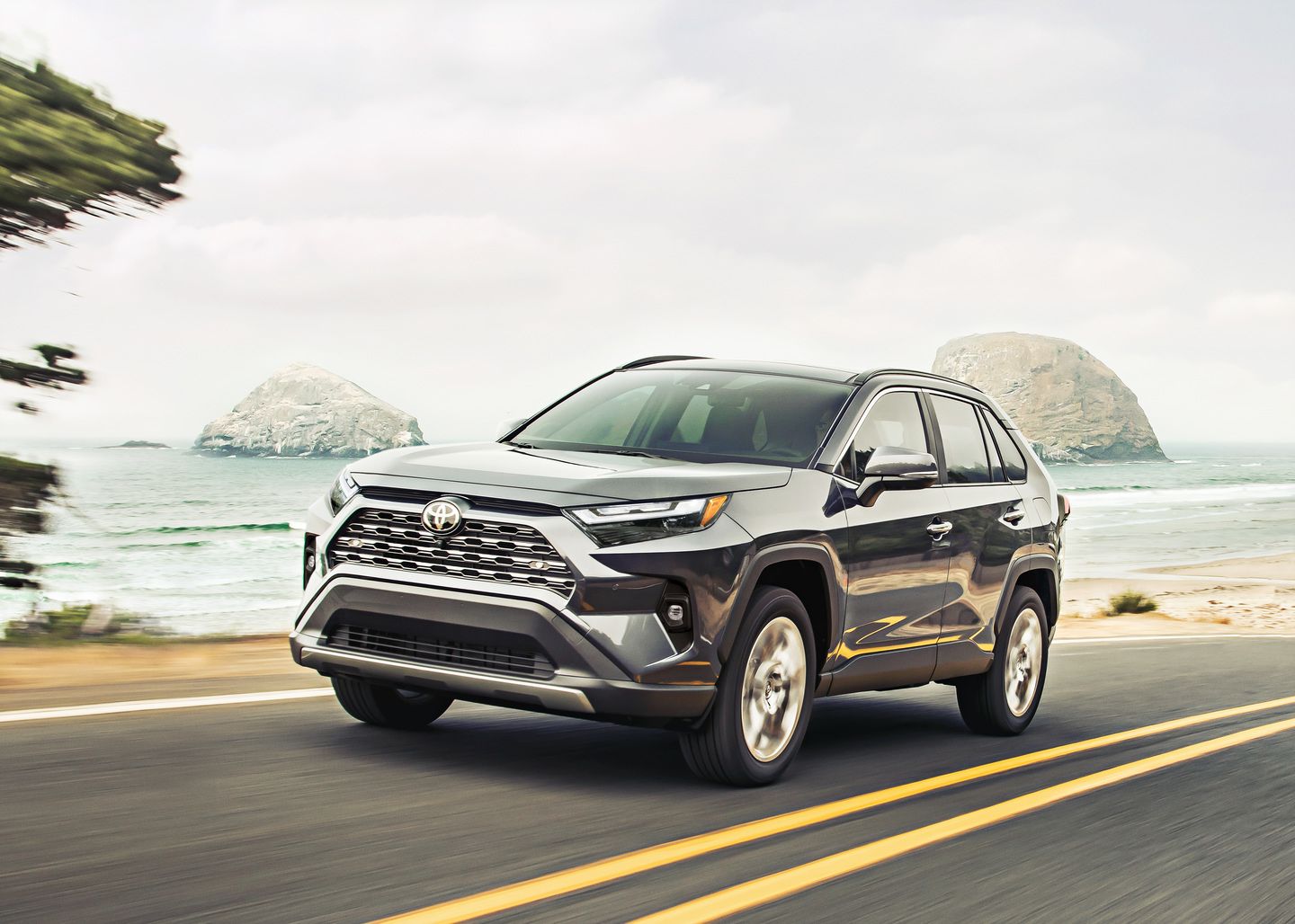
Instead of traditional interest rates, leasing uses a money factor expressed as a decimal. Multiply this number by 2,400 to find the equivalent annual percentage rate. For example, a money factor of 0.0025 equals 6% APR.
Finance charges get added to your depreciation costs each month. These charges depend on both the selling price and residual value, since you're paying interest on the total amount being financed.
Promotional rates often appear during model year clearance events or manufacturer sales periods, potentially reducing your money factor and monthly payments.
Lease Types and Protection Levels
Understanding different lease structures helps you choose the right protection level for your situation.
Closed-end leases protect you from depreciation risk. The residual value stays fixed regardless of the vehicle's actual market value when you return it. Most consumer leases in Canada use this structure.
Open-end leases transfer depreciation risk to you. If the vehicle's actual value falls below the residual at lease-end, you pay the difference. These leases typically serve commercial customers.
Lease terms usually range from 24 to 60 months, with 48 months being most common in Canada. Longer terms spread depreciation over more payments, reducing monthly costs but potentially extending beyond warranty coverage.
Kilometre Limits and Usage Terms
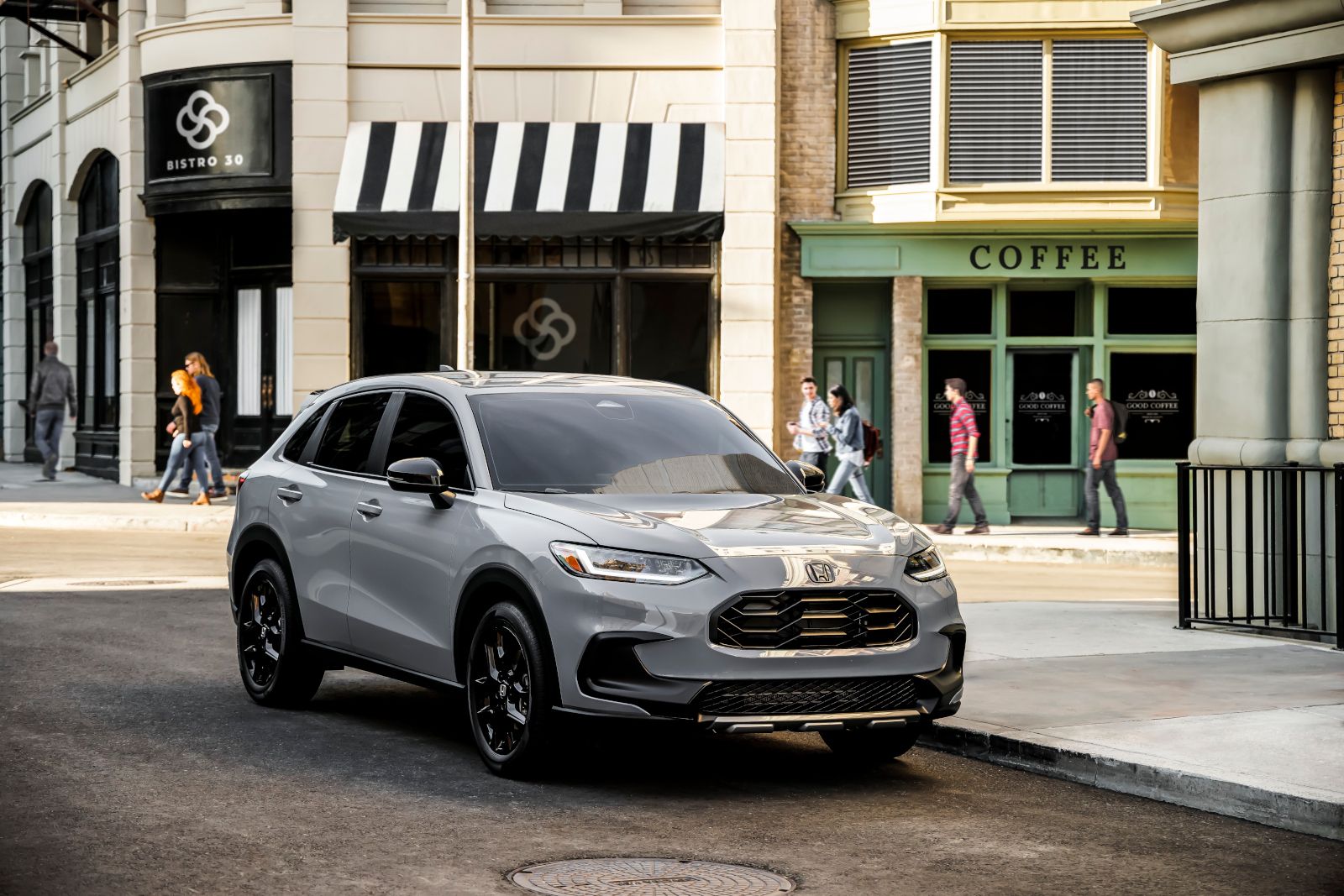
Your mileage allowance (or kilometre allowance) sets annual driving limits, typically between 18,000 and 24,000 km. Exceeding these limits triggers excess kilometre charges, often around 15 cents per kilometre over the limit.
Toronto commuters may easily stay within standard limits, while drivers traveling to Kitchener, Oshawa, or Vaughan regularly might need higher allowances. Kilometre adjustment allows some flexibility—you can sometimes pre-purchase additional kilometres at lease signing for lower rates than excess charges.
High-kilometre leases cost more upfront but often save money compared to paying per-kilometre penalties later. Estimate your annual driving honestly when choosing your allowance.
Down Payments and Capitalized Cost Reduction
Due on delivery covers your initial payment when picking up the vehicle. This typically includes your first monthly payment, plus potential security deposits or taxes.
Capitalized cost reduction serves as the official term for a lease down payment. The more you put down, the less you finance through monthly payments. However, down payments are not refundable, even if the vehicle gets stolen or totaled early in the lease.
Trade-in equity can be applied the same way as cash down. If your current vehicle has positive equity, that value reduces the total lease cost, lowering both payment amounts and taxes owed.
A security deposit provides the leasing company with protection against damages or missed payments. This refundable amount typically equals one month's payment and gets returned when you complete your lease terms successfully.
One-pay leases offer an alternative payment structure where you pay the entire lease amount upfront rather than monthly. This option often reduces total lease costs by eliminating interest charges and fees.
Ontario Taxes and Fees

In Ontario, you pay 13% HST only on your monthly lease payment, not the vehicle's full value. This tax advantage makes leasing more affordable compared to purchasing, where HST applies to the entire purchase price.
Additional fees may include licensing and registration, air conditioning tax, tire stewardship fees, and dealer documentation charges. Request a complete breakdown of all fees before signing your lease agreement.
End-of-Lease Terms and Options
The purchase option gives you the right to buy your leased vehicle at an agreed price when your lease expires. This predetermined amount usually matches the residual value.
Disposition fees apply when you return the vehicle instead of purchasing it. These fees cover the dealer's costs to inspect, clean, and prepare the car for resale.
GAP insurance (Guaranteed Asset Protection) protects you if your leased vehicle gets totaled, stolen, or severely damaged. This coverage pays the difference between your insurance settlement and remaining lease balance.
Dealer participation refers to the margin or commission dealers earn above the base lease rate set by the lender. Understanding this helps you recognize potential negotiation room in your lease terms.
Frequently Asked Questions About Vehicle Leasing

How is a car lease payment calculated? Lease payments combine three main costs: depreciation (selling price minus residual value), finance charges based on the money factor, and applicable taxes. In Ontario, you only pay HST on the monthly payment, not the vehicle's full value.
What affects residual value? Brand reputation, model reliability, projected demand at lease-end, and lease term length all influence residual values. Vehicles like the Honda CR-V or Toyota RAV4 typically maintain strong residuals, helping keep monthly payments lower.
Should I make a down payment on my lease? Down payments reduce monthly costs but aren't refundable if the vehicle gets stolen or totaled. Trade-in equity often provides better value since it reduces both the lease amount and taxes owed.
Can I lease with poor credit in Ontario? Yes, though approval terms vary. Leasing companies typically require stable income and may request higher security deposits or co-signers for applicants with credit challenges.
What happens if I exceed my kilometre limit? You'll pay per-kilometre penalties at lease-end, typically $0.10 to $0.25 per excess kilometre. Purchasing additional kilometres upfront often costs less than paying overage fees later.
Can I end my lease early? Early termination usually triggers substantial fees. Some dealers offer lease transfer programs where you assign your lease to another person, potentially avoiding penalties.
Should I buy my leased vehicle at lease-end? This depends on market conditions. If your vehicle's market value exceeds the residual value, purchasing and reselling could provide financial benefits. This strategy became popular during recent used vehicle shortages.
Early Lease Termination Options
Life circumstances change, and sometimes you need to exit your lease before the term ends. Several options exist, each with different costs and benefits.
Lease transfer allows you to assign your lease contract to another person. This process involves finding someone willing to take over your remaining payments and lease terms. Administration fees typically represent the only cost to you, making this the most affordable exit strategy.
The incoming lessee assumes all responsibilities, including remaining payments, mileage limits, and end-of-lease conditions. Many online platforms connect people looking to exit leases with those seeking shorter-term lease commitments.
Early buyout means paying the dealership your remaining lease balance plus the residual value and applicable taxes. Once completed, you own the vehicle outright. This option works well if you want to keep your car but can be expensive since vehicles typically depreciate significantly in early lease years.
Rare market conditions sometimes create positive equity situations where your vehicle's actual value exceeds the buyout amount. In these cases, you might recover costs by selling the vehicle privately after purchase.
Lease change involves ending your current lease early and starting a new one. You remain responsible for the outstanding balance on your original lease, plus residual costs and taxes. If your vehicle's current value falls below the remaining lease balance, that difference gets added to your new lease payments.
This option creates the risk of paying depreciation on two vehicles simultaneously, making it the most expensive exit strategy. Consider this route only when other options don't meet your needs.
Making Informed Leasing Decisions
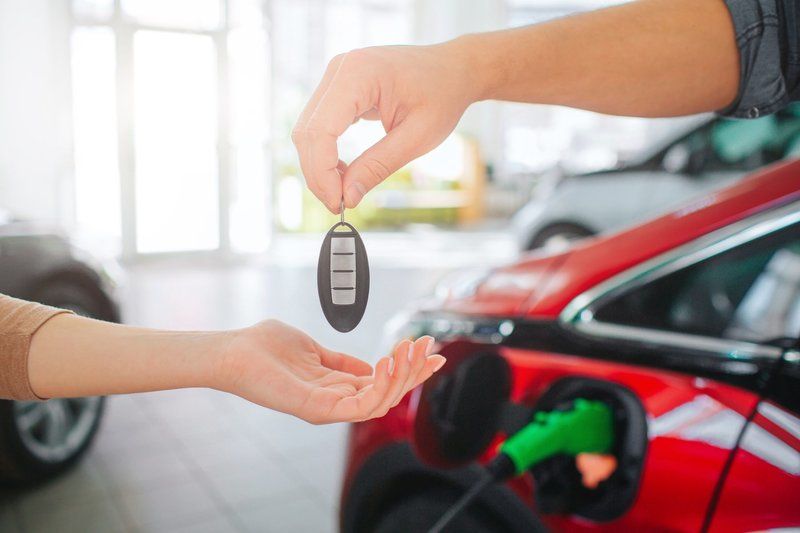
Canadian leasing regulations provide consumer protections, but understanding these terms helps you evaluate offers effectively. Compare total lease costs, not just monthly payments, when shopping for deals.
Consider your driving habits, vehicle preferences, and financial goals when choosing between lease types and terms. Higher mileage allowances cost more upfront but prevent expensive excess charges later.
Ready to explore leasing options in the Toronto area? Our finance team at Humberview Group can walk you through current lease programs and help you find terms that match your driving needs and budget.
You might also be interested in these blogs:
Thinking About Leasing Your Next Vehicle?
Leasing can be a smart way to drive a new vehicle with flexibility and lower monthly payments—but it starts with finding the right fit. The Humberview Group offers a wide selection of new vehicles ready to lease across our Ontario dealerships. With expert guidance and transparent options, we make it easy to take the next step.
Browse Our New Inventory >







